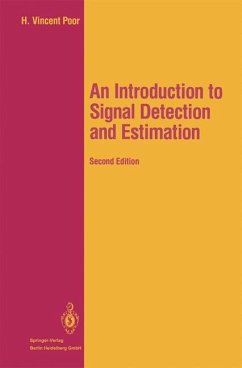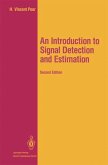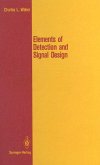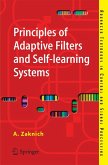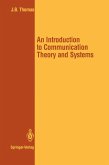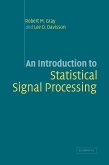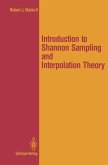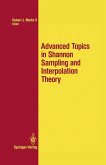Essential background reading for engineers and scientists working in such fields as communications, control, signal, and image processing, radar and sonar, radio astronomy, seismology, remote sensing, and instrumentation. The book can be used as a textbook for a single course, as well as a combination of an introductory and an advanced course, or even for two separate courses, one in signal detection, the other in estimation.
The purpose of this book is to introduce the reader to the basic theory of signal detection and estimation. It is assumed that the reader has a working knowledge of applied probability and random processes such as that taught in a typical first-semester graduate engineering course on these subjects. This material is covered, for example, in the book by Wong (1983) in this series. More advanced concepts in these areas are introduced where needed, primarily in Chapters VI and VII, where continuous-time problems are treated. This book is adapted from a one-semester, second-tier graduate course taught at the University of Illinois and at Princeton University. However, this material can also be used for a shorter or first-tier course by restricting coverage to Chapters I through V, which for the most part can be read with a background of only the basics of applied probability, including random vectors and conditional expectations. Sufficient background for the latter option is given for example in the book by Thomas (1986), also in this series. This treatment is also suitable for use as a text in other modes. For example, two smaller courses, one in signal detection (Chapters II, III, and VI) and one in estimation (Chapters IV, V, and VII), can be taught from the materials as organized here. Similarly, an introductory-level course (Chapters I through IV) followed by a more advanced course (Chapters V through VII) is another possibility.
Hinweis: Dieser Artikel kann nur an eine deutsche Lieferadresse ausgeliefert werden.
The purpose of this book is to introduce the reader to the basic theory of signal detection and estimation. It is assumed that the reader has a working knowledge of applied probability and random processes such as that taught in a typical first-semester graduate engineering course on these subjects. This material is covered, for example, in the book by Wong (1983) in this series. More advanced concepts in these areas are introduced where needed, primarily in Chapters VI and VII, where continuous-time problems are treated. This book is adapted from a one-semester, second-tier graduate course taught at the University of Illinois and at Princeton University. However, this material can also be used for a shorter or first-tier course by restricting coverage to Chapters I through V, which for the most part can be read with a background of only the basics of applied probability, including random vectors and conditional expectations. Sufficient background for the latter option is given for example in the book by Thomas (1986), also in this series. This treatment is also suitable for use as a text in other modes. For example, two smaller courses, one in signal detection (Chapters II, III, and VI) and one in estimation (Chapters IV, V, and VII), can be taught from the materials as organized here. Similarly, an introductory-level course (Chapters I through IV) followed by a more advanced course (Chapters V through VII) is another possibility.
Hinweis: Dieser Artikel kann nur an eine deutsche Lieferadresse ausgeliefert werden.

